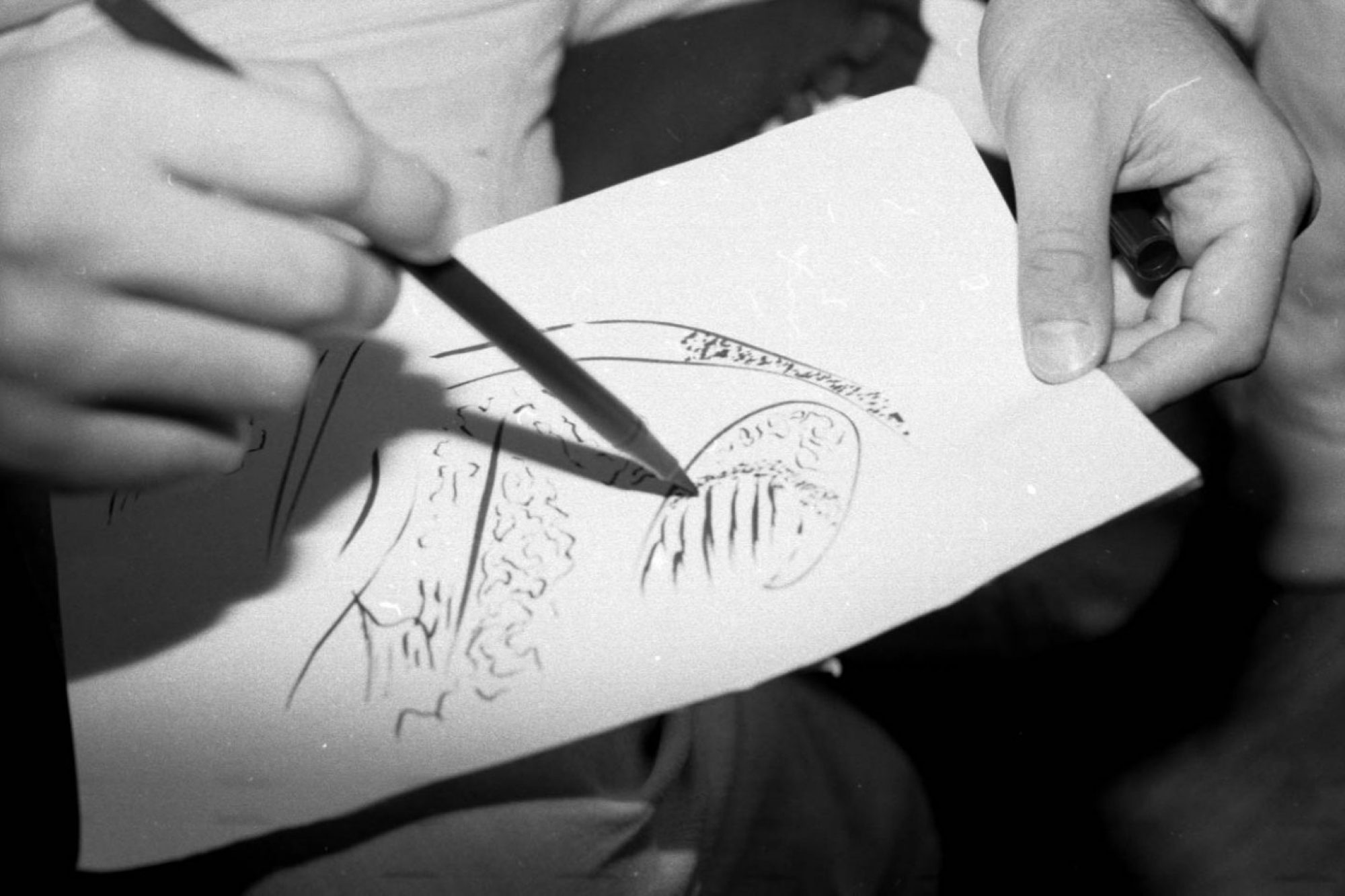Why is it necessary that Art Education be a discomforting pedagogical practice?
As Desai and Chalmers quite simply state, art is a political activity (2007). Since the arts has been pushed into the corner as a decorative and self-expressive activity, Desai and Chalmers still argue that this systemic upholding of traditional belief is reflecting a social and political position (2007).
As art educators, we have to mobilize our students to be active and literate visual learners. The article cites performance artist Guillermo Gómez-Peña, who also asks students “Why do artists do what they do?” Art occurs admits war, censorship, “cultural paranoia” and despair (Desai and Chalmers, p. 7, 2007.) The artist is not just the reproducer, in fact artists are producing “new ways of knowing” (Desai and Chalmers, p. 8, 2007). Artists and our students have a huge responsibility in considering what they choose to produce and bring into the world. Teachers are not the sole influencers or facilitators of their artistic productions; society is outwardly educated at what Henry Giroux states as sites of “public pedagogy” in the form of TV, print media, photography and films (2006.)
For this reason, Art Educators have an important role to encourage a social justice art education to promote empathy and criticality to the types of media society routinely engages with. Desai and Chalmers (2007) recommend that the inclusion of contemporary art practices and social justice pedagogy can offer…
- An understanding of political images and how they circulate and construct meanings.
- Aesthetics need to be examined as relational/dialogic.
Grant Kester (2005) describes “dialogical aesthetics” to be the artist as open to intervention, listening to how the artwork is received, and willing to be vulnerable and dependent. This offers an opportunity for artists and artwork to be seen by the public from a different perspective. Art is a collaborative exchange and not an independent crusade to inject oneself being into the world. Artists can ask for help! Artists can make mistakes and acknowledge them (they MUST acknowledge them!)
Another helpful resource that Desai and Chalmers include is a Table of Possible Resources. The authors don’t simply categorize typically discomforting topics into simplified versions. They are expanded upon and offer artists that make work on these topics as well.

(2007). Notes for a Dialogue on Art Education in Critical Times, Art Education, 60:5, 6-12, DOI: 10.1080/00043125.2007.11651118.
Giroux, H. (2006). America on the edge. New York: Palgrave Macmillan.
Kester, G. H. (2005). Conversation pieces: The role of dialogue in socially engaged art. In Z. Kocur & S. Leung (Eds.), Theory in contemporary art since 1985 (pp. 76–88). Oxford, UK: Blackwell Publishing.
